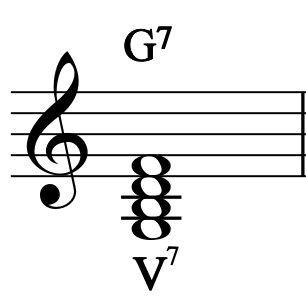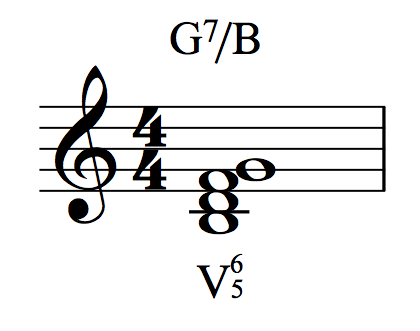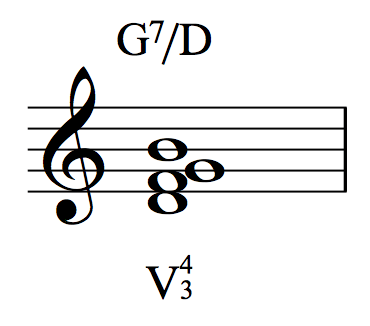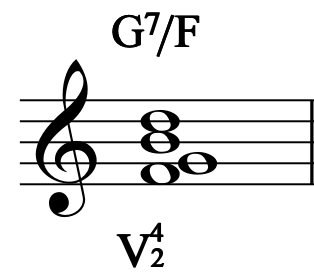Hi Jon!
I’m enjoying the course a lot. I studied harmony in the past so the course is helping me to refresh and, of course, to learn new ideas. My question is that I never understood the V65 V43 and V42 nomenclature of the V7 inversions. Could you explain it? Thanks!
Gabriel
Go here for a more detailed post about this topic: https://artofcomposing.com/understanding-dominant-seventh-chord-inversions
Hi Gabriel,
The V6/5, V4/3, and V4/2 symbols all refer to the inversion of the 7th chord. In this case, the chord is G-B-D-F, with G being the root of the chord, and the number 7 representing the F which is the 7th scale degree and a 7th above G.
V6/5
V6/5 is a first inversion, with the 3rd of the chord in the bass. The interval of a 6th would be the root of the chord, and the interval of the 5th would be the 7th. If this were a G7 chord, it would be spelled B-D-F-G.
V4/3
This is a 2nd inversion chord, with the 5th in the bass. In interval of a 4th refers to the root of the chord, and the 3rd is the 7th. If this were a G7 chord, it would be spelled D-F-G-B.
V4/2
This is a 3rd inversion chord, with the 7th in the bass. The interval of a 4th refers to the 3rd of the chord, and the interval of a 2nd refers to the root. If this were a G7 chord, it would be spelled F-G-B-D.
Let me know if you have any more questions.
So useful!
Hi Jon!
Thanks for such detailed response! Really useful to me.



